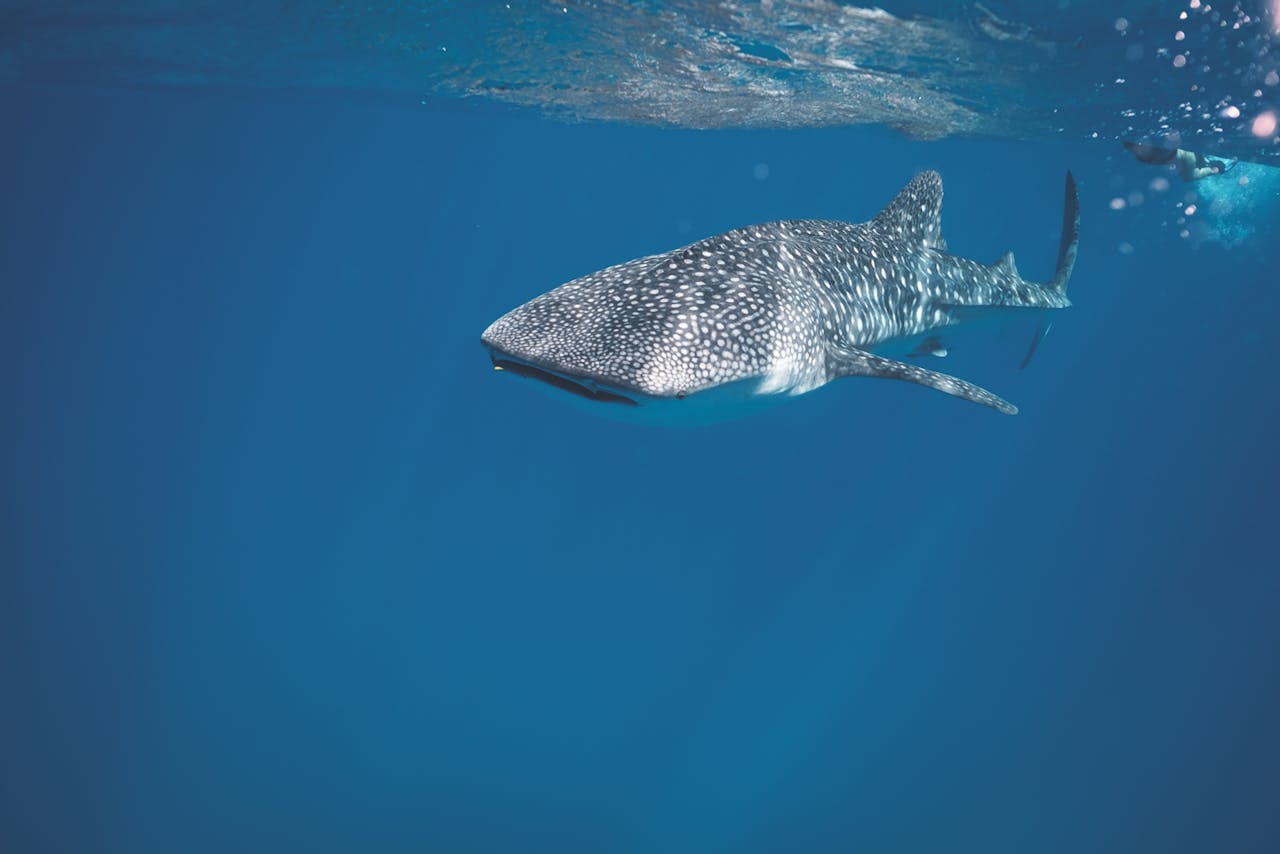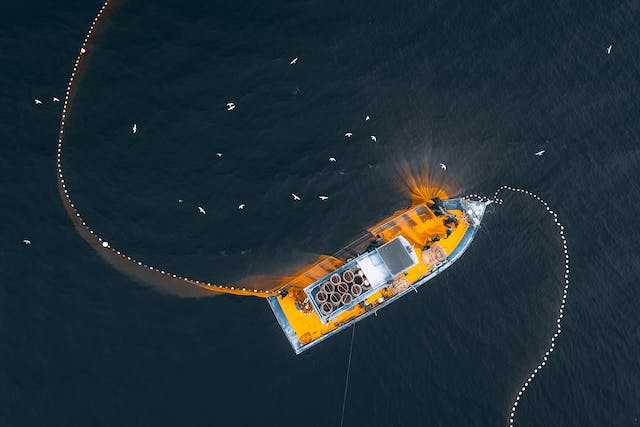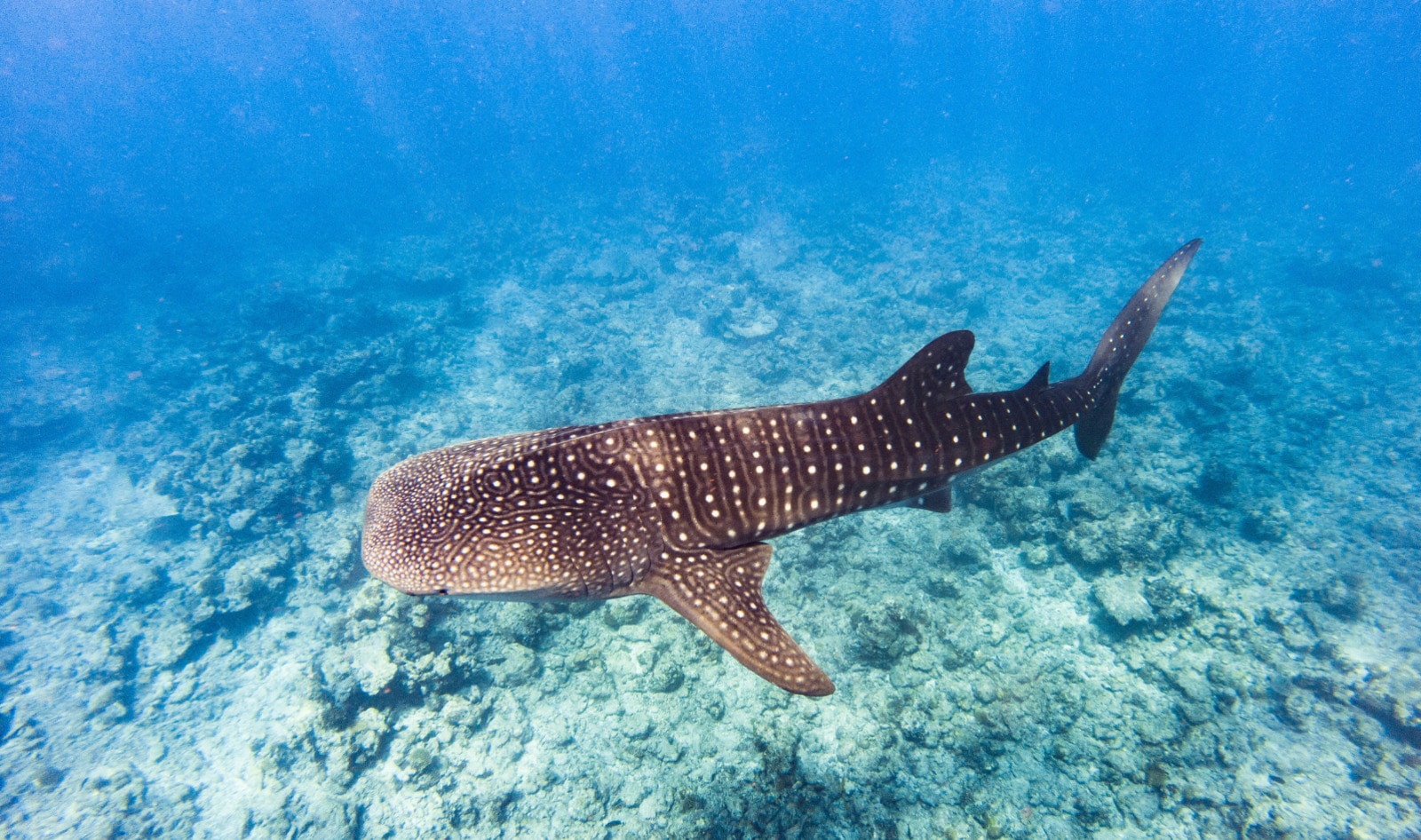Here are a few fun facts about whale sharks: they have tiny teeth on their eyeballs, they’re gentle giants, and they can live up to 150 years. But here’s the not-so-fun fact: most won’t make it to old age, because they’re under threat.
A new study has revealed that around 62 percent of whale sharks off the coast of West Papua, Indonesia, bear scars or injuries. Two of the biggest culprits? Tour boats and fishing vessels. Of the 206 injured sharks studied, more than 80 percent had wounds directly linked to human activity.
“We found that scars and injuries were mainly from anthropogenic causes, such as collisions with ‘bagans’—traditional fishing platforms with lift nets—and whale shark-watching tour boats,” said Edy Setyawan, PhD, lead conservation scientist at the Elasmobranch Institute Indonesia.
Protecting Indonesia’s whale sharks
Setyawan and his team conducted their research in the Bird’s Head Seascape, a protected marine area celebrated as one of the richest biodiversity hot spots on Earth. Alongside whale sharks, it is also home to sea turtles, manta rays, coral reefs, and countless reef fish.
While most of the sharks studied didn’t have severe injuries, many showed abrasions from rubbing against boats. Whale sharks are naturally drawn to fishing vessels because they feed on baitfish, making the risk of harm nearly unavoidable without human intervention.
 Pexels
Pexels
BECOME A VEGNEWS VIP: Get exclusive product deals, freebies, and perks galore!
“We aim to work with the management authorities of the marine protected areas to develop regulations to require slight modifications to the bagans, including the removal of any sharp edges from boat outriggers and net frames,” said Mark Erdmann, PhD, the study’s last author and Shark Conservation Director for Re:wild. “We believe those changes will greatly reduce scarring of whale sharks in the region.”
How does the global fishing industry impact whale sharks?
Regulation is critical to protecting marine life. Not long ago, the Bird’s Head Seascape itself was nearly destroyed by unregulated commercial fishing and even dynamite fishing, which uses explosives to kill large numbers of fish.
“The waters of the Bird’s Head were brought to the brink of ruin,” Conservation International reports. But in 2004, the organization partnered with the people of West Papua, World Wildlife Fun (WWF), and the Indonesian government, among other organizations, to protect the area. Since then, the marine environment has recovered significantly.
 Pexels
Pexels
Still, whale sharks remain at risk elsewhere. They are frequent victims of bycatch, often becoming entangled in fishing gear. The Red List of Threatened Species, put together by the International Union for Conservation of Nature, currently classifies whale sharks as endangered, with the fishing industry identified as one of their greatest threats.
Shipping traffic poses another danger. In fact, many whale sharks disappear after entering busy shipping lanes.
“Satellite tags would be happily pinging on whale sharks, then they would swim into a shipping lane and suddenly they’re gone,” Erdmann said in 2024. “Those ships move at high speeds and can be the size of a football field. It’s likely they’re mowing over whale sharks without even knowing it.” He added: “If we can get industrial ships to slow down in areas with a high risk for collisions, we can make a big difference.”
 Gardein
Gardein
What can help?
Protecting whale sharks is complex, since they face multiple threats, including shipping traffic, tourism, and warming oceans.
But when it comes to bycatch, one of the most effective ways to protect whale sharks, as well as many other species harmed by the fishing industry, is to reduce demand for industrial fishing. With more plant-based seafood options available than ever before, it’s easier to enjoy seafood while protecting marine animals. Read more about some of our go-to vegan seafood products here.
For more plant-based stories like this, read:
JUMP TO ... Latest News | Recipes | Guides | Health | Subscribe









